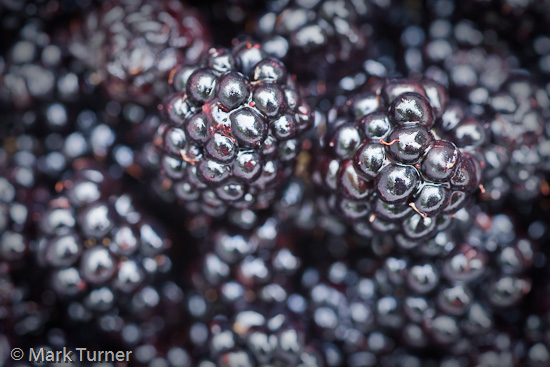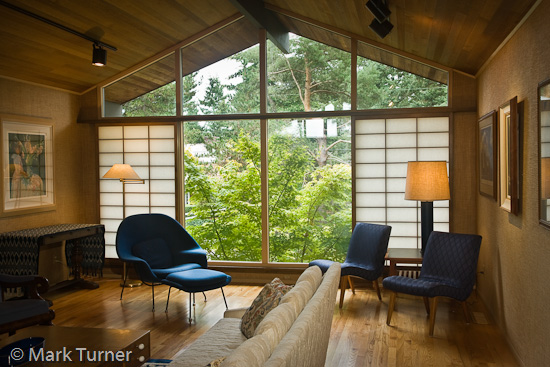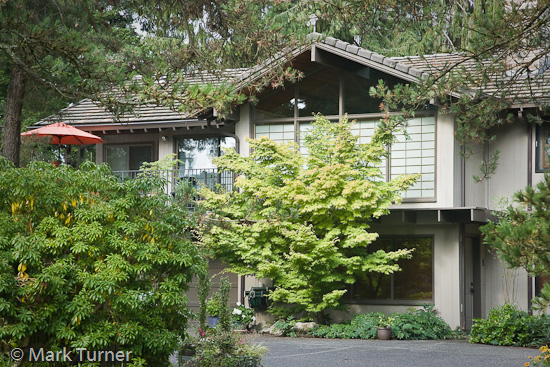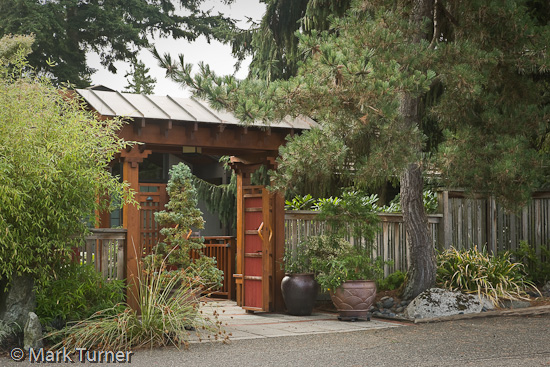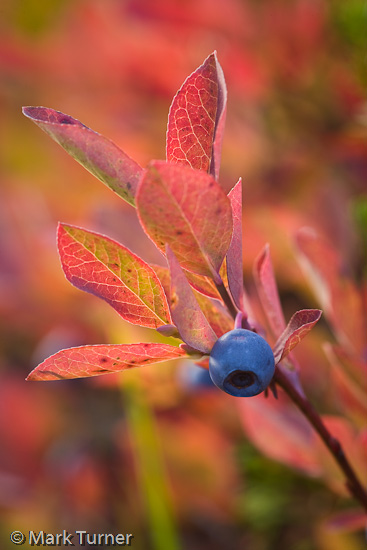 I had a family portrait session reschedule from Sunday afternoon, so I took a look at the clouds to the east and decided to head up to Heather Meadows and Artist Point for some landscapes. I didn’t get out of town until after 2 pm, which was fine since I really wanted sunset at 7:10.
I had a family portrait session reschedule from Sunday afternoon, so I took a look at the clouds to the east and decided to head up to Heather Meadows and Artist Point for some landscapes. I didn’t get out of town until after 2 pm, which was fine since I really wanted sunset at 7:10.
This is the season to pick wild blueberries and I ran into several people on the trail who had big containers of the tasty fruit. The photo here is of a Cascades Blueberry, which has the very appropriate Latin name of Vaccinium deliciosum. They’re indeed among the tastiest of our native blueberries (which some folks call huckleberries). This was a case of being able to eat my subject after finishing photographing it.
I picked and ate a goodly number of blueberries along the trail, savoring the sweet morsels. I didn’t take a container to bring any home, but if I had I certainly could have filled it without much difficulty.
My other favorite species is the Black Huckleberry, Vaccinium membranaceum. They grow on bigger shrubs and don’t produce as much fruit.
While the blueberries were nearly everywhere along the Bagley Lakes Trail, the botanical gem of the day was this little Alpine Wintergreen, Gaultheria humufusa. It’s one of two low-growing relatives of Salal that we have in the northwest.

This was the first time I’ve found Gaultheria humufusa, although I’ve looked for it over the past several years. Our native plant society had a field trip on the same trail a couple of weeks ago and the group reported having seen it and told me where they’d found it. There was just a small patch, not much more than a meter across, on the rocks just above the trail. Each leaf is only about 3/4 inch long and the berries were a little less than 1/4 inch across.
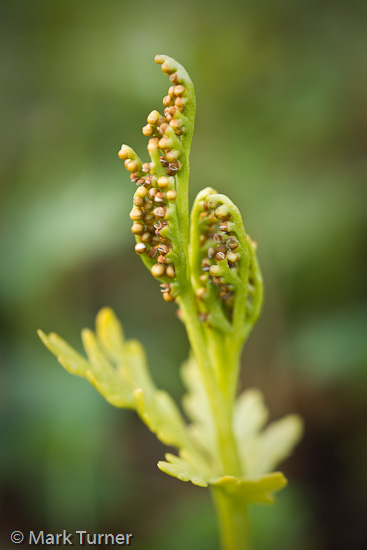 The Grapeferns (right) get their name because their spore-bearing structures resemble bunches of grapes. This little specimen is Lanceleaf Grapefern, Botrychium lanceolatum. It’s only about 3 inches tall and very easy to miss. I spied four plants just off the Bagley Lakes Trail. I probably would have missed them if it weren’t for another larger species of Botrychium that caught my eye within a foot of the trail.
The Grapeferns (right) get their name because their spore-bearing structures resemble bunches of grapes. This little specimen is Lanceleaf Grapefern, Botrychium lanceolatum. It’s only about 3 inches tall and very easy to miss. I spied four plants just off the Bagley Lakes Trail. I probably would have missed them if it weren’t for another larger species of Botrychium that caught my eye within a foot of the trail.
Among fern aficionados the Grapeferns are among the sought-after species. They’re uncommon, more primitive than most other ferns, generally small, and rather interesting in the way they grow and produce spores. We have several species in the North Cascades, but I don’t come across them often and when I do it’s usually in the company of someone who knows more about them than I do. The Yellow Aster Butte trail is known to be home to several Botrychiums but you’d have to know where to look to find them.
What would a day at Heather Meadows and Artist Point be without photographing Mt. Shuksan? It’s probably the most-photographed mountain in the world. Did I need another variation? Likely not. Could I resist? Of course not.

This dusk photo was made with the iconic mountain reflected in the calm waters of a small tarn toward the end of the Artist Ridge trail, just below Huntoon Point. It’s a favorite vantage point, but a little harder to get to than the standard view from Picture Lake. I met a good many people heading back to their cars as I walked out the trail to the tarn.
I knew that sunset would be about 7:10 pm so I got in position in time for the sunset light on the mountain. I’d hoped that the clouds that lingered most of the afternoon would still be around the mountain at sunset, but they dissipated before the light got sweet. Oh well. I shot the sunset, and then waited around a while.
This is the last variation I made, at 7:38 pm. The sky was starting to darken, giving a nice glow to the glaciers below the summit. I often find that I like the after-sunset light even better than earlier in the evening. Sometime I’d like to do a family portrait here.


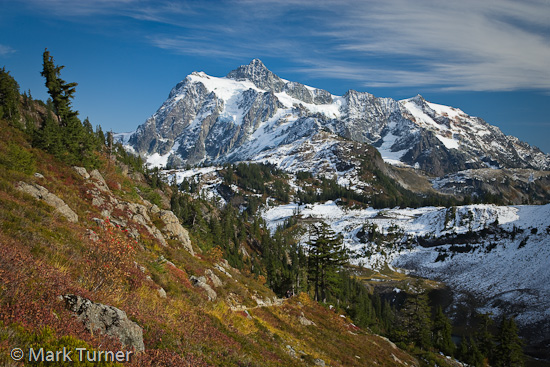

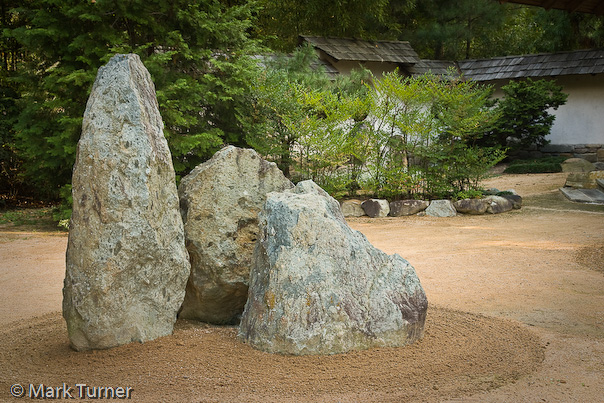
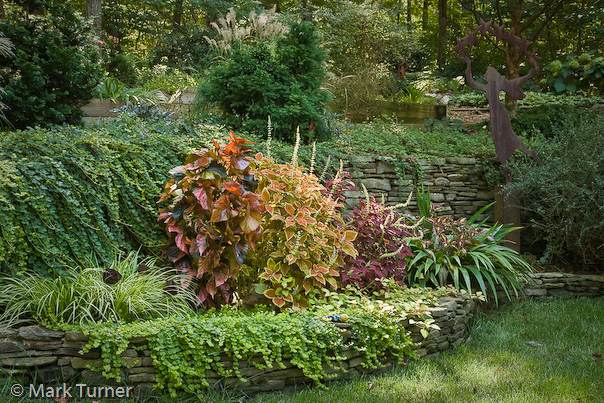
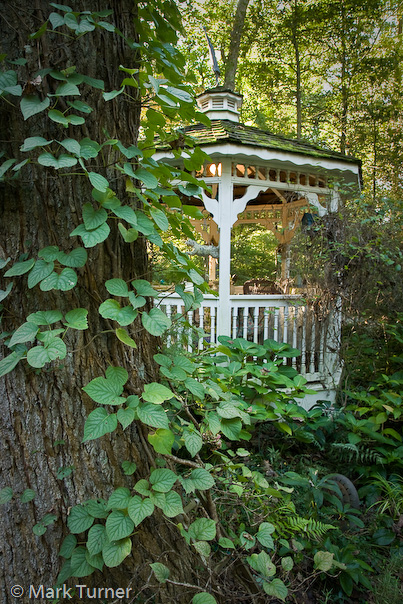 This woodland gazebo is in the front yard of Jean Mitchell’s home in Carey. They’ve been in their home since the early 1960s and have gardened since their kids grew up. Now nearly 80, Jean still has a playful attitude toward gardening. There’s a trail (one of many) with a sign that says “Diamondback Trail.” Along it Jean has painted some large tree roots to look like colorful snakes.
This woodland gazebo is in the front yard of Jean Mitchell’s home in Carey. They’ve been in their home since the early 1960s and have gardened since their kids grew up. Now nearly 80, Jean still has a playful attitude toward gardening. There’s a trail (one of many) with a sign that says “Diamondback Trail.” Along it Jean has painted some large tree roots to look like colorful snakes.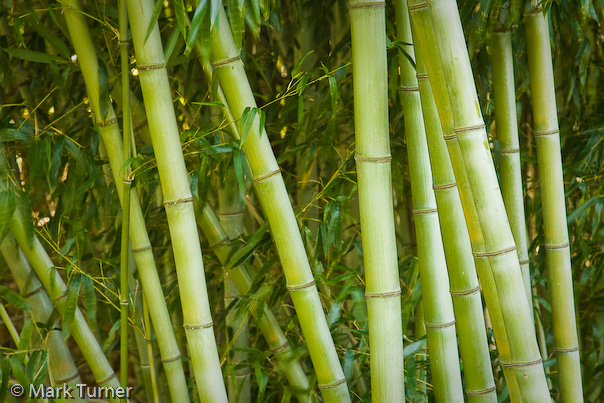
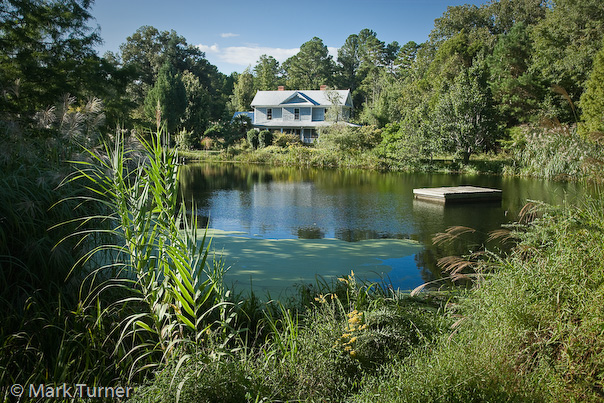
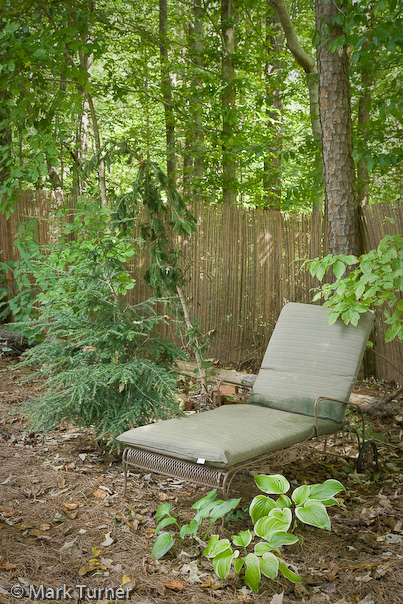 Those of us who live in the Pacific Northwest would never think to put the chaise lounge in a shady woodland border. But when you live in hot and humid North Carolina it makes perfect sense to create a hideaway in the shade where you can catch the breezes and relax away from the sun.
Those of us who live in the Pacific Northwest would never think to put the chaise lounge in a shady woodland border. But when you live in hot and humid North Carolina it makes perfect sense to create a hideaway in the shade where you can catch the breezes and relax away from the sun.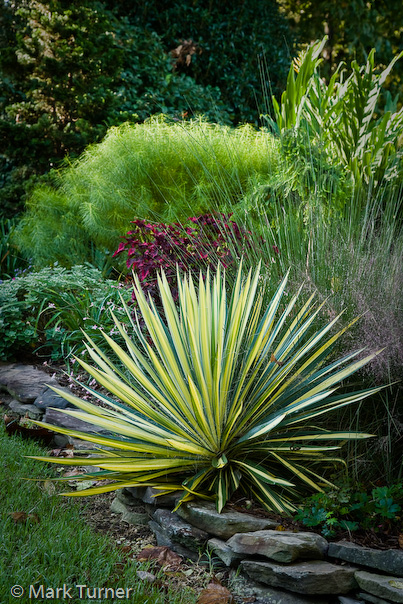 A little of this and a little of that could describe Jeanne Andrus’ generous garden in a gated community in Raleigh. She grew up on the property and said she used to fly kites as a kid in the meadow where her home now stands. It’s changed a lot since then, including an ever-expanding garden that surrounds the house. Jeanne started gardening when her kids grew up and hasn’t stopped since.
A little of this and a little of that could describe Jeanne Andrus’ generous garden in a gated community in Raleigh. She grew up on the property and said she used to fly kites as a kid in the meadow where her home now stands. It’s changed a lot since then, including an ever-expanding garden that surrounds the house. Jeanne started gardening when her kids grew up and hasn’t stopped since.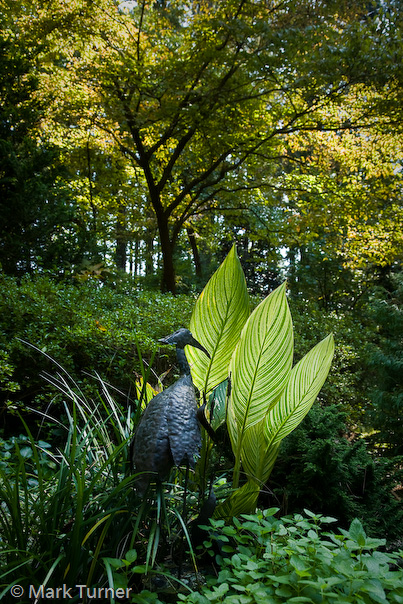 I’m learning that gardeners and homeowners in North Carolina’s Piedmont region value their shade. I spent today photographing and enjoying three woodland gardens in and around Raleigh.
I’m learning that gardeners and homeowners in North Carolina’s Piedmont region value their shade. I spent today photographing and enjoying three woodland gardens in and around Raleigh.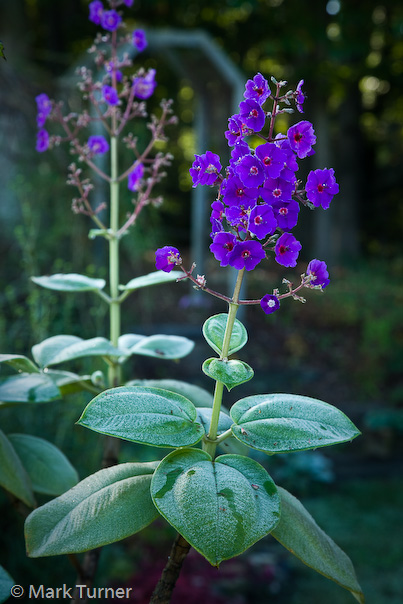 I started my day in Rita Mercer’s garden. It’s also a woodland garden, neatly maintained under the mixed hardwood and loblolly pine canopy. As I worked I constantly heard acorns falling from the oaks. I never got hit, but was glad I was wearing a cap. In September, Rita’s garden is primarily a foliage garden, but I could imagine it coming to life each spring starting with masses of hellebores and continuing with rhododendrons and azaleas.
I started my day in Rita Mercer’s garden. It’s also a woodland garden, neatly maintained under the mixed hardwood and loblolly pine canopy. As I worked I constantly heard acorns falling from the oaks. I never got hit, but was glad I was wearing a cap. In September, Rita’s garden is primarily a foliage garden, but I could imagine it coming to life each spring starting with masses of hellebores and continuing with rhododendrons and azaleas.
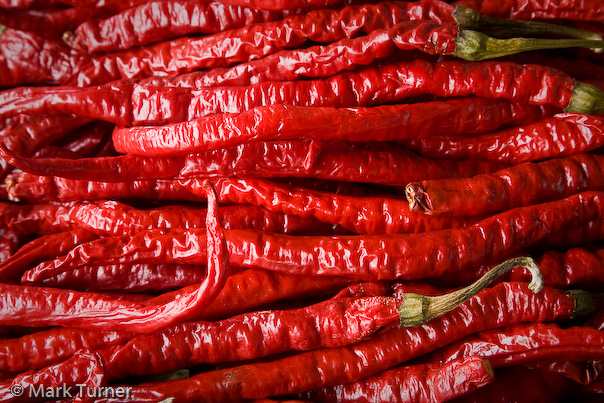
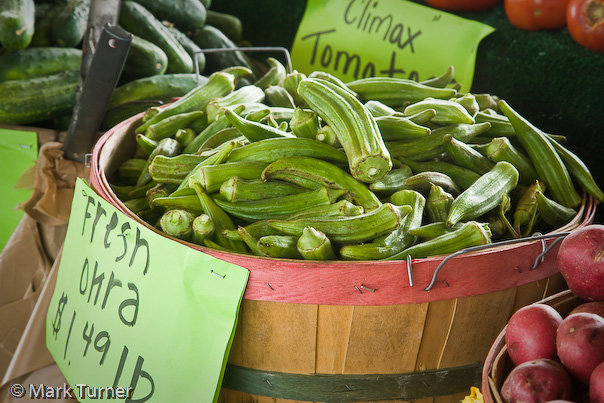
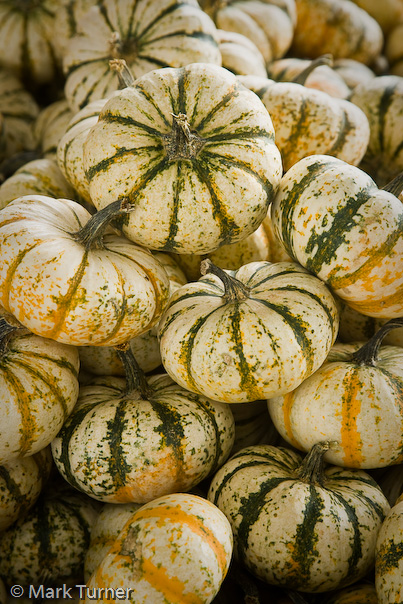 Now that autumn has arrived pumpkins and gourds are ripe. Families are starting to put up fall decorations in anticipation of Halloween. These miniature pumpkins were part of a colorful farm display at the market. Several vendors had pumpkins, both little ones like these and big ones suitable for jack-o-lanterns. In between are the sweet pie pumpkins.
Now that autumn has arrived pumpkins and gourds are ripe. Families are starting to put up fall decorations in anticipation of Halloween. These miniature pumpkins were part of a colorful farm display at the market. Several vendors had pumpkins, both little ones like these and big ones suitable for jack-o-lanterns. In between are the sweet pie pumpkins. I had a family portrait session reschedule from Sunday afternoon, so I took a look at the clouds to the east and decided to head up to Heather Meadows and Artist Point for some landscapes. I didn’t get out of town until after 2 pm, which was fine since I really wanted sunset at 7:10.
I had a family portrait session reschedule from Sunday afternoon, so I took a look at the clouds to the east and decided to head up to Heather Meadows and Artist Point for some landscapes. I didn’t get out of town until after 2 pm, which was fine since I really wanted sunset at 7:10.
 The Grapeferns (right) get their name because their spore-bearing structures resemble bunches of grapes. This little specimen is Lanceleaf Grapefern, Botrychium lanceolatum. It’s only about 3 inches tall and very easy to miss. I spied four plants just off the Bagley Lakes Trail. I probably would have missed them if it weren’t for another larger species of Botrychium that caught my eye within a foot of the trail.
The Grapeferns (right) get their name because their spore-bearing structures resemble bunches of grapes. This little specimen is Lanceleaf Grapefern, Botrychium lanceolatum. It’s only about 3 inches tall and very easy to miss. I spied four plants just off the Bagley Lakes Trail. I probably would have missed them if it weren’t for another larger species of Botrychium that caught my eye within a foot of the trail.

 We worked several locations and clothing changes, ending with this outfit. I used a long lens for all of her portraits to soften the background. The late afternoon light started out a little harsh, but by the time we got to shooting with boats in the background the sun had sunk behind a thin cloud bank and gave this gorgeous soft glow.
We worked several locations and clothing changes, ending with this outfit. I used a long lens for all of her portraits to soften the background. The late afternoon light started out a little harsh, but by the time we got to shooting with boats in the background the sun had sunk behind a thin cloud bank and gave this gorgeous soft glow. By the time we got to the rocks overlooking the water the sun had set and we were working with the soft afterglow and blue tones on Bellingham Bay and Lummi Island in the background. Again, a single strobe in an umbrella provided the key light on Micaiah.
By the time we got to the rocks overlooking the water the sun had set and we were working with the soft afterglow and blue tones on Bellingham Bay and Lummi Island in the background. Again, a single strobe in an umbrella provided the key light on Micaiah. I don’t often think of weeds as providing tasty food, but in the case of our nasty and invasive Himalayan Blackberries, formerly Rubus discolor and now Rubus armeniacus, an environmental scourge of the Northwest provides mighty delicious eating. That makes sense, since the species was originally introduced to North America as a garden plant and food crop.
I don’t often think of weeds as providing tasty food, but in the case of our nasty and invasive Himalayan Blackberries, formerly Rubus discolor and now Rubus armeniacus, an environmental scourge of the Northwest provides mighty delicious eating. That makes sense, since the species was originally introduced to North America as a garden plant and food crop.